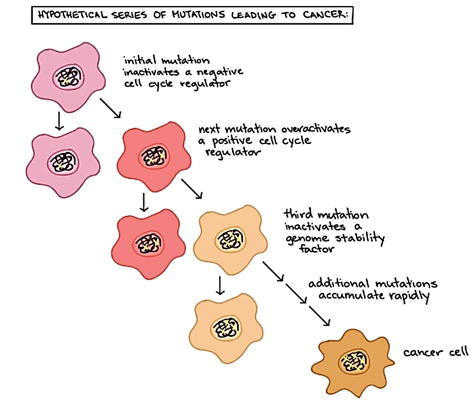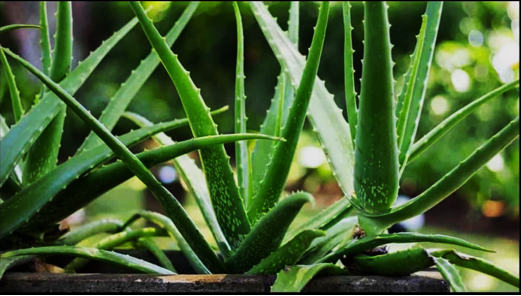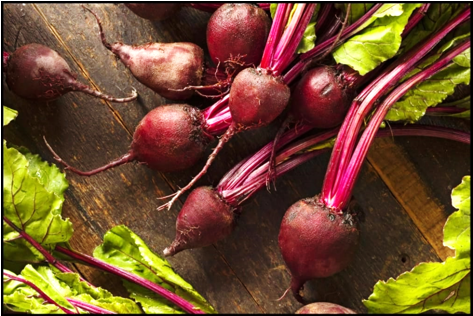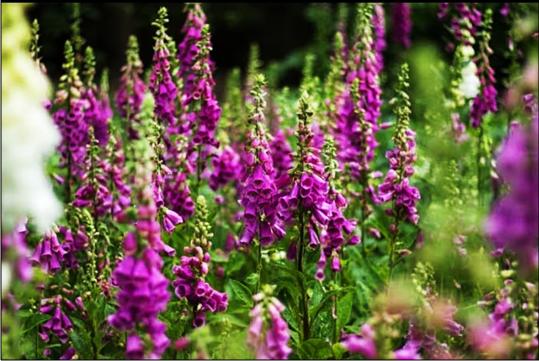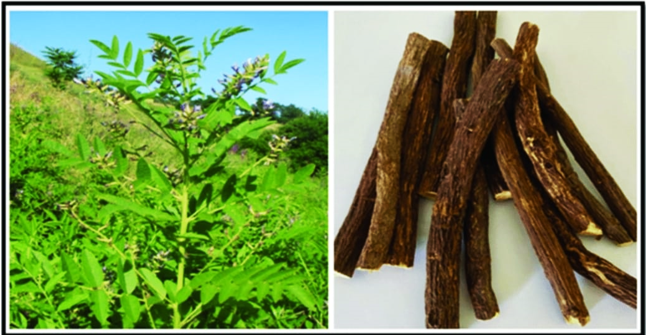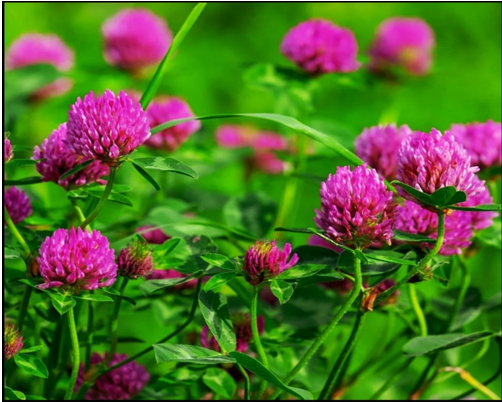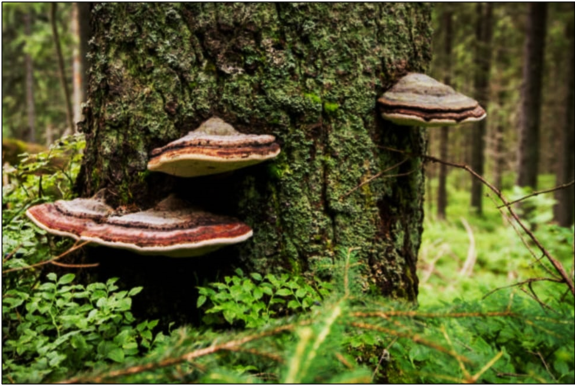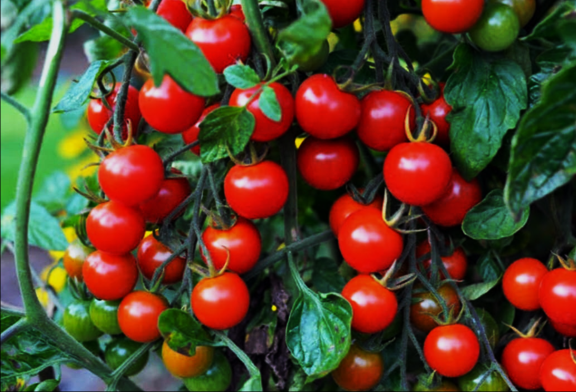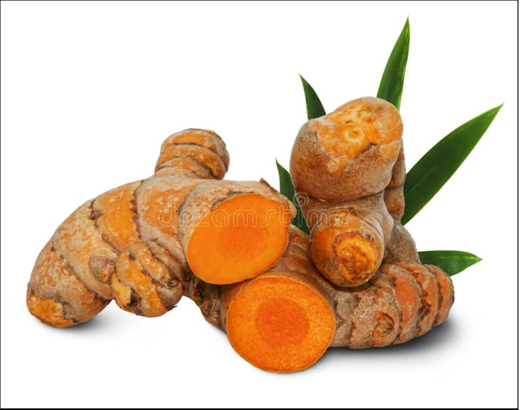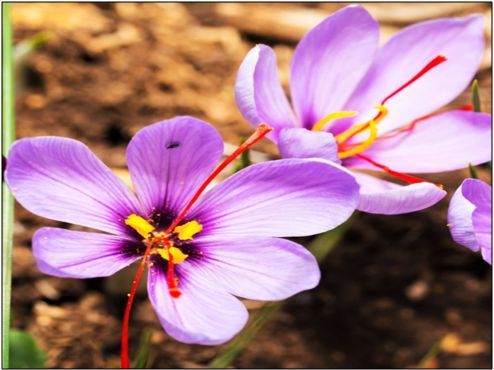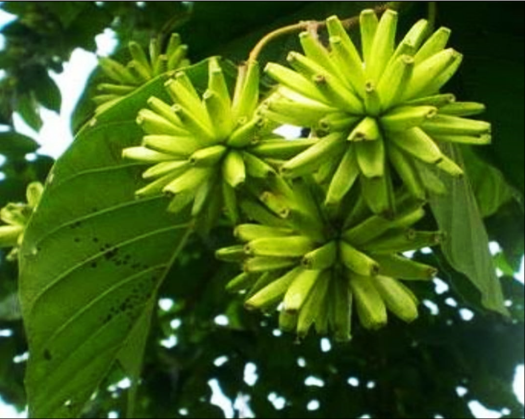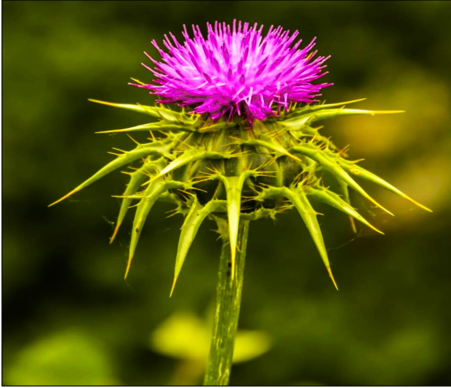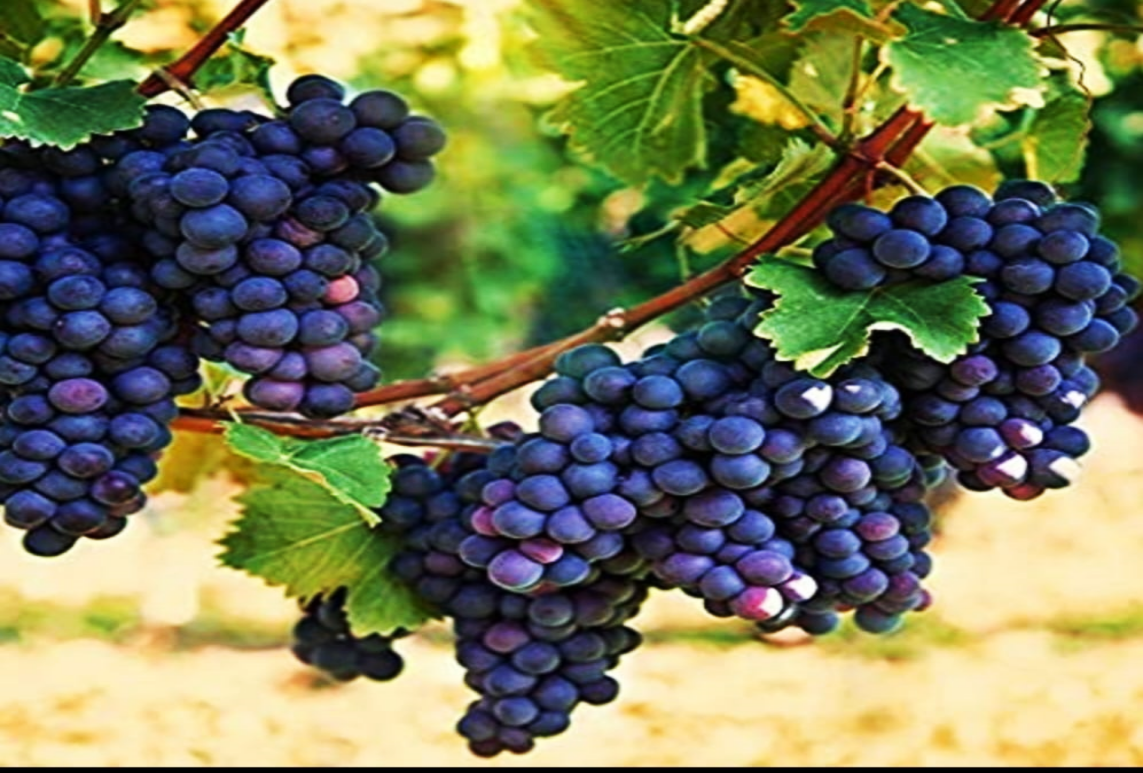Introduction
Uncontrolled cellular proliferation within the body is cancer. It can be debatable whether or not common plants, herbs, and foods can act as anticancer agents. About 35000 plant species have been examined by the National Cancer Institute (NCI) for their powerful anticancer properties.1 One will only believe in the benefits of chemotherapy for every person who thinks that plants and herbs can weaken or even destroy cancer cells. Here is a list of herbs and medicinal plants that have been the subject of scientific research and have shown promise in the fight against cancer, even though there is still more to be done in this field.2
Cancer
Essentially, uncontrolled cell division is what causes cancer. Numerous mechanisms exist in cells to regulate cell division, repair DNA damage, and prevent the spread of cancer. It is believed that cancer develops in a multistep process because several processes must fail before a critical mass is reached and cells become malignant. These changes promote their multiplication, proliferation, and tumour development. For instance, cancer cells can induce the growth of new blood arteries (angiogenesis), which provides oxygen and nutrition to tumour cells, and spread throughout the body through a process called metastasis. Additionally, cancer cells do not undergo apoptosis, or programmed cell death, when normal cells would (for example, because of DNA damage)
Figure 1
Diagram shows different responses of normal and cancer cells to conditions that would typically trigger apoptosis.
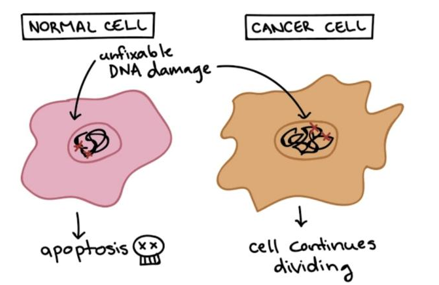
Additionally, new research indicates that cancer cells may experience metabolic alterations that encourage enhanced cell growth and division (see Figure 1 for details), which contrasts how normal and cancer cells react to conditions that would ordinarily cause apoptosis:
A normal cell that has DNA damage that cannot be repaired and will die.
A cancer cell that has irreparable DNA damage won't go through apoptosis; it will keep dividing.1
1 When a sufficient number of mutations affecting essential processes are present, the cell with the mutations develops malignant characteristics and is referred to be a cancer cell. By 2030, there will likely be 21 million new cases of cancer worldwide, making it one of the main causes of death.3, 4
Pharmacologically Active Anti-Cancer Herbal Plants
With mounting scientific evidence from biological research and clinical trials, herbal medicines are being embraced more widely as complementary and alternative therapies for the treatment of cancer. The history of anti-cancer medications derived from herbal remedies is extensive, and some of them have been applied in clinical settings in place of traditional anti-cancer medications. Actually, the development of anti-cancer drugs has been aided by the study of herbal remedies. In order to produce novel anti-cancer therapies in single pure molecules, research has recently continually focused on cues from the traditional use of herbal remedies.
WHO Guidelines
The WHO established guidelines for standardizing herbal drugs and focused on present and future trends of methods used for analysis of herbal drugs for such as:
Quality control of raw drug materials, plant preparations and finished products.
Evaluation of stability and shelf life
Safety assessment and documentation based on toxicological studies or experience
Evaluating biological activity and ethno medical data to determine effectiveness. The chromatographic fingerprints and active principal or major compounds should be used to standardize bioactive extract.
About 35,000 plant species have received approval from the National Cancer Institute [NCI] for possible anticancer properties. One person will solely believe in the benefits of chemotherapy, while another will think that herbs and plants can actually delay or even kill cancer cells. Here is a list of herbs and medicinal plants that have been the subject of scientific research and have shown promise in the fight against cancer, even though there is still more to be done in this field.5
Table 1
Table 0
|
Synonyms |
: |
Allium sativum , alliaceous plant |
|
Biological Source |
: |
The leaves and cloves having medicinal importance are obtained from A. sativum. |
|
Family |
: |
Liliaceae |
|
Chemical Constituents |
: |
Garlic contains diverse bioactive compounds, such as allicin, allin, diallyl sulfide, diallyl disulfide, diallyl trisulfide, ajoene, and S-allyl-cysteine.7 |
|
Uses |
: |
Garlic seems to detoxify chemical carcinogens and prevent carcinogenesis and can also directly inhibit the growth of cancer cells.7 |
Table 0
|
Synonyms |
: |
Kumari , Korphad |
|
Biological Source |
: |
Aloe is the fresh latex of leaves of Aloe barbadenis Miller. |
|
Family |
: |
Liliaceae (Asphodelaceae) |
|
Chemical Constituents |
: |
Aloe contains a mixture of crystalline glycosides known as aloin 4-5% in cape Aloe 18-25% in Curacao Aloe, Resin (16-37%), emodin and volatile oil. It also possess the anthraquinonei glycoside like barbaloin (aloe-emodin anthrone C-10 glucoside), Chrysophanic acid, B-barbaloin and Iso-barbaloin. 8 |
|
Uses |
: |
Acne treatments, burns, or skin irritations, anthraquinone death amount human bladder cancer cells, hepatocellular carcinoma, etc. 9 |
Table 0
|
Synonyms |
: |
Beta vulgaris, Common Beet |
|
Biological Source |
: |
It consists of fresh roots of Beta vulgaris. |
|
Family |
: |
Amaranthaceae |
|
Chemical Constituents |
: |
It consists of multiple biologically active phytochemicals including betalains (e.g., betacyanins and betaxanthins), flavonoids, polyphenols, Saponins and inorganic Nitrate; is also rich source of diverse minerals such as potassium, sodium, phosphorous, calcium, magnesium, copper, zinc and manganese. 10 |
|
Uses |
: |
In recent study, betavulgarin, isolated from beetroot was found to suppress the growth, migration, colony formation, and mammospherei formation in breast cancer. 11 |
Table 0
|
Synonyms |
: |
Digitalis purpurea , Foxglove-Flower |
|
Biological Source |
: |
It is obtained from the herbaceous plant of Digitalis purpurea. |
|
Family |
: |
Scrophulariaceae |
|
Chemical Constituents |
: |
Contains three important primary glycosides namely Purpurea glycoside A, Purpurea glycoside B, and Purpurea glycoside C, which upon hydrolysis gives rise to digitoxini, gitoxin, and gitalin, respectively. Gitoxigenin and gitaligenin, tannins, gallic, formic, acetic, succinic and benzoic acids, fatty acids and enzyme digipuridase solely responsible for hydrolysis of purpurea glycosides. 11 |
|
User |
: |
Strong antitumor possibilities. A study performed in Spain in 2003 look at the cytotoxic activity from the leaves of the strain purpurea against human cancer cells. 11 |
Table 0
|
Synonyms |
: |
Glycyrrhiza glabra , sweet wood |
|
Biological |
: |
Liquorice consists of peeled and unpeeled roots, stem of Glycyrrhiza glabra Linn. |
|
Family |
: |
Fabaceae [Leguminosae] |
|
Chemical Constituents |
: |
Glycyrrhizine (6-8%) [Sweet Instant 50 times more than sugar]. Liquiritin and isoliquiritin are responsible for yellow colour. Glucose, sucrose, asparagin, gum, protein, fats, resins, traces of tanins. Glycyrrhizinic acid are produces glycyrrithilnic acid and glycyrrhitic on hydrolysis. 12 |
|
Uses |
: |
Liquorice and its derivatives may protect against carcinogen-induced DNA damage and may be suppressive agents as well. 12 |
Table 0
|
Synonyms |
: |
Eyebalm, Ground Raspberry, Orangeroot , Yellowroot, Yellow puccoon, Indian Dye, Jaundice root |
|
Biological Source |
: |
It obtained from perennial herb in buttercup (Hydrastis Canadensis) |
|
Family |
: |
Rannuculacae |
|
Chemical Constituents |
: |
The active ingredient of goldenseal include isoquinoline alkaloids, such as berberin 0.5-6 % , canadine, hydrastine 1.5-4% , berberastine 2-3% |
|
Uses |
: |
Improve gut and gastrointestinal tract(GI) health, relief from sinus conditions, healing of skin ailments, protection for the liver, reduce the risk of cancer, effective against urinary tract infections (UTI).6 |
Table 0
|
Synonyms |
: |
Purple Clover, Trifolium Pratense |
|
Biological source |
: |
It is a herbaceous species of flowering plant of Trifolium Pratense |
|
Family |
: |
Fabaceae |
|
Chemical Constituents |
: |
Calcium, Chromium ,Magnesium, Manganese, Iron, Niacin, Phosphorus, Potassium, Protein, Riboflavin, Selenium, Silica, Thiamine, Vitamin A, Vitamin C, Zinc, Coumarins, Saponins, Isoflavones. |
|
Uses |
: |
The University of Maryland Medical Center found that Red clover help to prevent breast cancer, other use as Bowel Regulatory, Immune System. 13 |
Table 0
Table 0
|
Synonyms |
: |
Lycopersicum esculentum , Love Apple |
|
Biological Source |
: |
Cytotoxicity effect is effect is found in leaves of Lycopersicum esculentum. |
|
Family |
: |
Solanaceae |
|
Chemical Constituents |
: |
It is a good source of phenolic compounds (phenolic acids and flavonoids), carotenoids (lycopene, α, and β carotene), Vitamins (ascorbic acid and vitamin A) and glycoalkaloids (Tomatine) |
|
Uses |
: |
Methanolic extract of leaves of Lycopersicum esculentum shows cytotoxicity effects on cancer cells to address potential therapeutics in MCF-7 breast cancer cell line and toxicity towards Vero cells.14 |
Table 0
Table 0
|
Synonyms |
: |
Crocus, Spanish saffron, French saffron. |
|
Biological Source |
: |
Saffron is dried stigma and styletops of Crocus sativus Linn. |
|
Family |
: |
Iridaceae |
|
Chemical Constituents |
: |
It contains number of carotenoids colored compounds such as ester of crocin (color glycosides), picrocrocin (colorless bitter glycoside), crocetin, gentibiose, α and β carotenes, crocin-II, lycopenea and zeaxanthin and safranal. It contains volatile oil, fixed oil and wax, etc. |
|
Uses |
: |
Saffron contain a carotenoid compound called crocetin. The results of studies done, both in vivo and in vitro, show that this compound has the potential to be a strong anti-tumor agent. Saffron was found in another study to inhibit skin cancer in mice.15, 14 |
Table 0
|
Synonyms |
: |
Camptotheca acuminate, Camptothecin tree |
|
Biological Source |
: |
Camptothecin [CPT] is an alkaloid extracted from the bark portion of the Chinese happy tree, Camptotheca acuminate. |
|
Family |
: |
Nyssaceae |
|
Chemical Constituents |
: |
The bark and stem contains alkaloid camptothecin. Derivatives of camptothecin including irinotecan, topotecan, rubitecan. It also contains trifolin and hyperoside |
|
Uses |
: |
It is a quinolone alkaloid, used as chemotherapeutic agent in the treatment of leukemia.16 |
Table 0
|
Synonyms |
: |
Milk-Thistle-Flower, Marian Thistle, Mary Thistle, Cardus marianus. |
|
Biological Source |
: |
It is obtained from the plant of Silybum marianum. |
|
Family |
: |
Asteraceae |
|
Chemical Constituents |
: |
Approximately 4-6 % silymarin (flavonolignan complex) 20-30% fatty acids silymarin is a complex mixture of polyphenolic molecule, including 7 closely related flavonolignans ( silybin A , silybin B, isosilybin A, isosilybin B , silychristin, Isosilychristine , silydianin) and one flavonoid (taxifolin)17 |
|
Uses |
: |
Cirrhosis, jaundice, hepatitis, gallbladder disorders, other potential health benefits including protecting heart health by lowering cholesterol level and helping people manage Type 2 diabetes. The extract of seed coating of milk thistle has anti-cancer effect.18 |
Table 0
Table 0
|
Synonyms |
: |
Vitis vinifera, Angoor, Berry, Vine fruit |
|
Biological Sources |
: |
It is fresh fruit obtained from the Vitis vinifera. |
|
Family |
: |
Vitaceae |
|
Chemical Constituents |
: |
Proanthrocyanidins (GSPs) fruits contains abundant carbohydrates (glucose) and organic acids (tartaric malic succinic, citric and oxalic acids). Seed contains 15-20% unsaturated fatty acids (phenylacrylic acid derivatives) |
|
Uses |
: |
The fruits are vitaminics, tonics, anti-cancer, and hepatoprotective, promote hair growth and prevent ischemic processes. The seed oil: hypolipidermic, prevent the increase of vascular permeability. 19 |
Table 2
List of some important medicinal plants and their phytochemicals against specific type of Cancer:
|
Sr. No. |
Plant Name |
Part Used |
Phytochemical |
Specific Cancer |
|
1. |
Allium sativum |
Whole plant |
Allin, Allylmercaptocysteine, Allicin |
Carcinoma of human (mammary) gland, Lymphoma, Cervix Cancer. 7 |
|
2. |
Aloe barbadensis Miller |
Whole plant |
Aloesin, Emodin, Alexin B |
|
|
3. |
Beta vulgaris |
Roots |
Betavulgarin |
Breast cancer10 |
|
4. |
Digitalis purpurea |
Leaves |
Cardenolide glycosides |
HL-60 Leukemia11 |
|
5. |
Glycyrrhiza glabra |
Roots |
Licochalcone-A, Licoagrochalcone |
Prostate, breast, lung, stomach and kidney cancer12 |
|
6. |
Hydrastis canadensis |
Roots and leaves |
Berberin |
Prostate and Breast cancer6 |
|
7. |
Trifolium pratense |
Flowers |
Isoflavones |
Prostate and endometrial cancer13 |
|
8. |
Inonotus obliquus |
Whole body |
Inotodiol |
Cervical cancer15 |
|
9. |
Lycopersicum esculentum |
Leaves |
Lycopene |
Mammary cancer cell lines14 |
|
10. |
Curcuma longa |
Rhizome, Roots |
Curcumin, Ascorbic Acid |
Breast, Lung, Prostate, Oesophagus, Liver, Skin Cancer, Leukemia, Glioblastoma and colon adenocarcinoma 20, 16 |
|
11. |
Crocus sativus Linn |
Dry Stigmas |
Crocetin |
|
|
12. |
Camptotheca acuminata |
Bark , Seeds |
Camptothecin |
Leukemia, Endocrine-resistant breast cancer 18) |
|
13. |
Cardus marianus |
Seed |
Silibinin, Silymarin |
Prostate, Lung, Colon, Skin and Acute lymphoblastic leukemia22 |
|
14. |
Berberis vulgaris |
Root, Stem, Bark |
Berberin, Cannabisin |
Breast, Liver, Prostate, Colon cancer23 |
|
15. |
Vitis vinifera |
Seed, Fruit |
Cyanidin, Procyanidins |
Human colon cancer19 |
Conclusion
Around the world, cancer is the primary cause of mortality, expected to account for around 10 million deaths in 2020, or almost one in every six. The most prevalent malignancies are those of the breast, lung, colon, reticulum, and prostate. A third of cancer-related fatalities are attributed to factors including smoking, having a high BMI, drinking, eating few fruits and vegetables, and not exercising enough. About 30% of cancer cases in low- and lower-middle-income nations are caused by cancer-causing diseases such the human papillomavirus (HPV) and hepatitis.16 If identified early and treated appropriately, many tumors are curable.
As a result, there is a huge need for a cancer treatment and prevention. Drugs made from chemicals have been created, and there are already certain cancer therapies available. Humans today enjoy a higher level of health, thanks to medicinal plants. The bioactive chemicals found in plant extracts that are responsible for their anticancer action must be evaluated for their useful information.22, 21 Some of the plants with anticancer properties for various cancer kinds were listed in this review. This review can aid others in their future exploration of herbs and their application in toxicity and illness investigations in addition to clinical trials. Utilizing raw byproducts in industries and mass cultivating therapeutic plant species might both aid in conservation.

